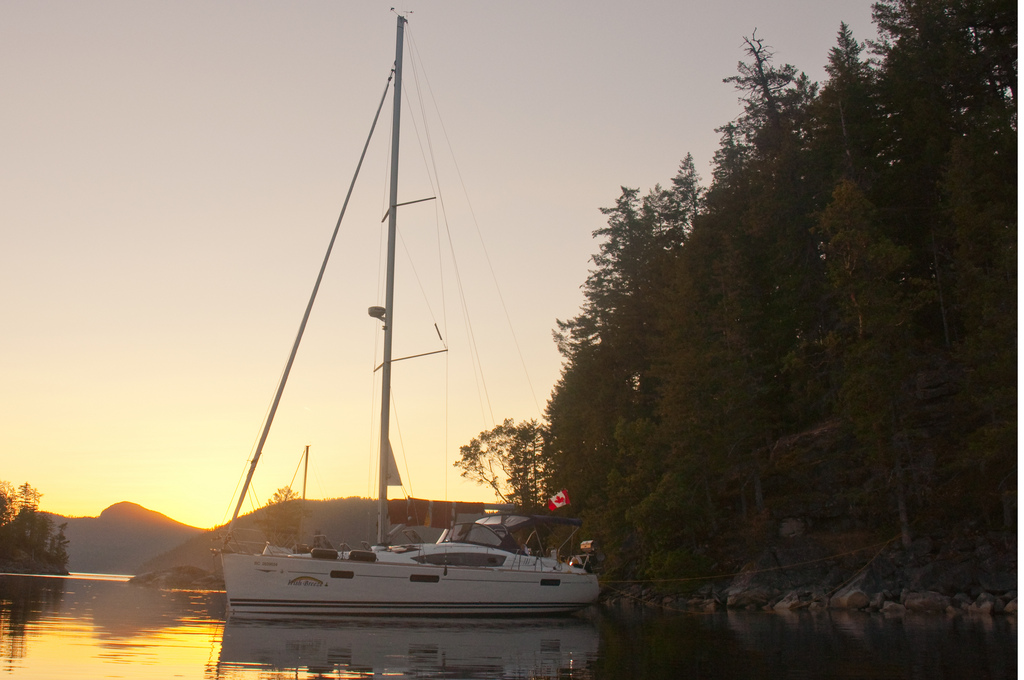 Helming in big seas or when you are out of practise can be slightly daunting wherever you are sailing in the world, but in our ‘back to sailing school’ series we re-look at sailing and how to remind ourselves of good technique in different scenarios.
Helming in big seas or when you are out of practise can be slightly daunting wherever you are sailing in the world, but in our ‘back to sailing school’ series we re-look at sailing and how to remind ourselves of good technique in different scenarios.
This week we are going to look at helming and some top tips on how go the most enjoyment out of helming in big seas or when you are unsure.
Firstly the most common mistake that many new sailors make is in oversteering the boat, i.e the boat oscillates back and forth instead of in a reasonable straight line, as they steer the boat one way and then another with big adjustments, rather than occasional adjustments to keep it on course. Think about the way you drive a car, we don’t constantly make big adjustments to the steering wheel which would make us zig zag over the road, we only apply slight pressure first one way then the other, in order to keep it on course, well apply the same principle to your sailboat.
ScullingSailing upwindWhere to standKeep Aware
When you are sailing over large waves, the smoothest and fastest course is not a straight line. Instead you want to scull the waves sailing in a more horizontal course. The best way to transit large waves is by quartering them, which means sailing upwind or running off on a broad reach keeping the boat at an angle to the waves. By doing this it minimizes the rolling of your boat across the waves. Plus it is safer to do this as it reduces the chances of your sail being backwinded.
The best techniques to enable you to control the speed of your yacht well and putting you in a good position to gain the power needed to head into the troughs is for sailing upwind, to try and pinch the boat to weather as you approach the crest of the wave, then bear away as you sail into the trough at the back of the wave. When you are sailing off the wind, then you should bear away from the crest of the wave as it approaches your stern, then head up again once the crest has passed you buy.
It is very important to get your body into a good position that is comfortable for you to maintain, and where you can hold onto the wheel or tiller, yet still be able to feel the movement of the boat beneath you on the waves. The motion of the boat below you can determine the course that you take over the waves and you will start to instinctively feel the best course of action through the waves.
Remember to keep your eyes and ears open, during the day you will be able to see the the approaching waves and estimate when you need to adjust the wheel or tiller to stay on course, but at night time you will learn to listen for the pattern of the waves against the boat.
Finally…
Practise, practise, practise, the only way you’ll learn to helm effectively is by steering the boat whenever you can. The more you take control of the boat and the more sea passages you have under your belt, the more confident and skilled you will become at feeling the motion of the waves below you and the feel of the wheel in your hands. So go for it and enjoy the exhilarating experience that helming can be.
 Helming in big seas or when you are out of practise can be slightly daunting wherever you are sailing in the world, but in our ‘back to sailing school’ series we re-look at sailing and how to remind ourselves of good technique in different scenarios.
Helming in big seas or when you are out of practise can be slightly daunting wherever you are sailing in the world, but in our ‘back to sailing school’ series we re-look at sailing and how to remind ourselves of good technique in different scenarios.










